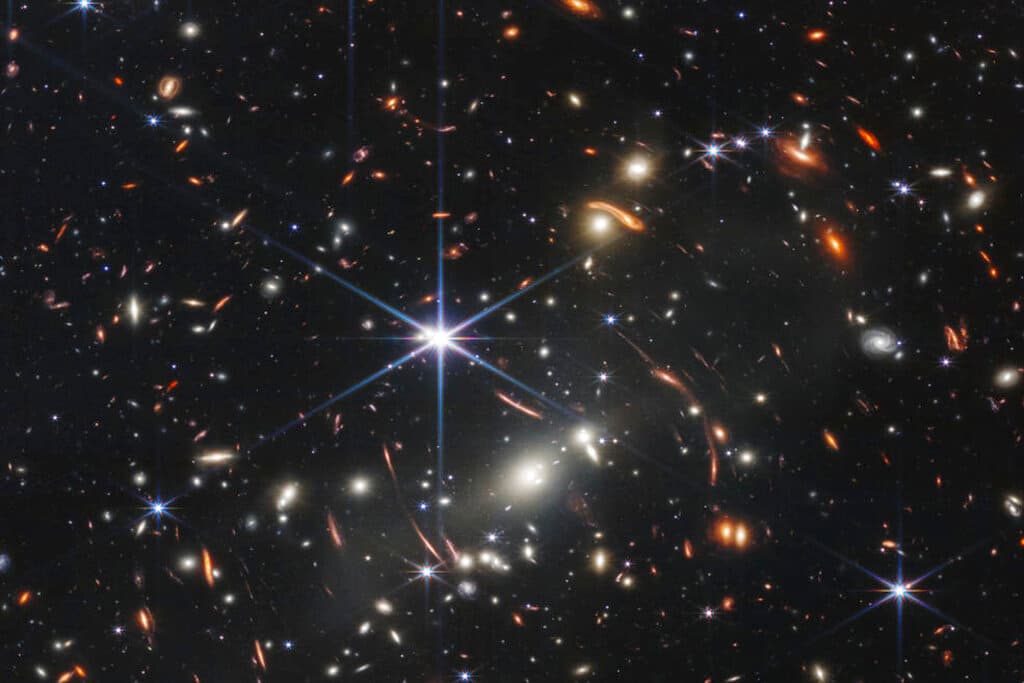Astronomers Baffled by Discovery of Ancient Galaxies
The perplexing aspect of these discoveries is the presence of characteristics typically seen in much older, more developed galaxies.

In a groundbreaking revelation, the James Webb Space Telescope has identified ancient galaxies that appear to be far more mature than previously believed possible.
These cosmic relics, which existed when the universe was merely 5 percent of its current age, are prompting scientists to reassess core theories about galaxy formation and evolution.
The findings, which were published in the Astrophysical Journal Letters, describe three enigmatic objects observed in the early universe approximately 600 million to 800 million years after the Big Bang. The perplexing aspect of these discoveries is the presence of characteristics typically seen in much older, more developed galaxies.
“We have confirmed that these appear to be packed with ancient stars — hundreds of millions of years old — in a universe that is only 600-800 million years old. Remarkably, these objects hold the record for the earliest signatures of old starlight,” a postdoctoral scholar at Penn State and lead author of the study, Bingjie Wang, said in a press release.
“It was totally unexpected to find old stars in a very young universe. The standard models of cosmology and galaxy formation have been incredibly successful, yet, these luminous objects do not quite fit comfortably into those theories,” he said.
The existence of “old” stars in these young galaxies suggests that they began forming stars very early in the universe’s history, possibly as soon as 200 million to 300 million years after the Big Bang. This rapid and early star formation challenges current models of galaxy evolution, which generally predict a more gradual build-up over time.
Adding to the mystery, researchers also found evidence of supermassive black holes within these galaxies, which are estimated to be 100 to 1,000 times more massive than the one in our Milky Way.

